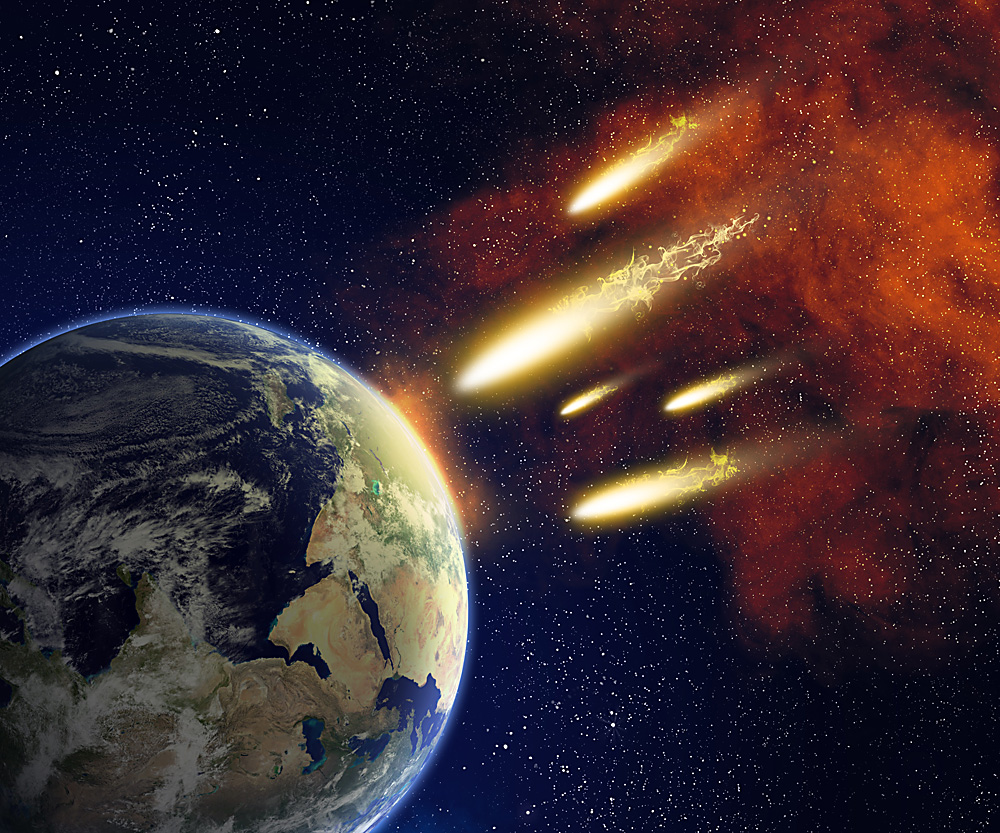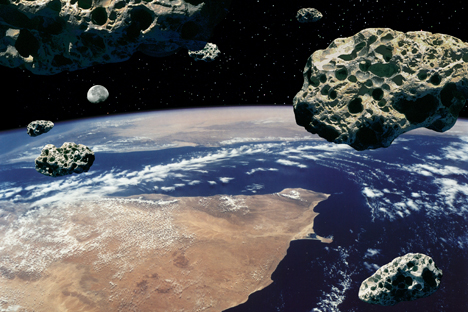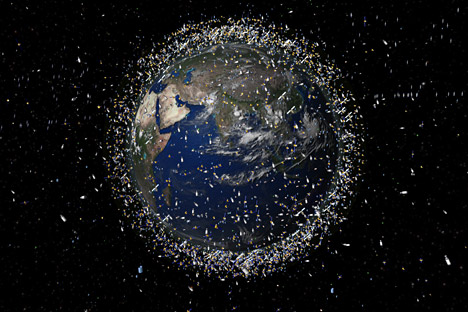Russia has a plan to protect the Earth from asteroids

The total number of asteroids approaching our planet is estimated at more than 11,000.
ShutterStockMany well-known asteroids pass by the Earth at regular intervals, changing their orbit just slightly. Siberian scientists suggest to neutralize these dangerous space visitors by destroying them in orbit as they move away from our planet.
11,000 asteroids heading to Earth
The total number of asteroids approaching our planet is estimated at more than 11,000. Scientists say that only 39 asteroids, however, will get close enough and pose a serious danger to life on Earth over the next two centuries.
While the chances of a giant rock approaching our planet unnoticed is almost zero, those heavenly bodies with a diameter less than 300 meters can creep up on humanity unexpectedly. Such small asteroids, should they fall to Earth, can wipe out an entire metropolis or even an entire country.
Scientists from various countries are working on how to change the trajectory of an asteroid that threatens our planet.
Choosing the method of protection depends on the asteroid's size: it can either be deflected, or shattered.
Nuclear bombs to the rescue
Scientists from Tomsk State University, together with colleagues from other scientific institutes, suggest neutralizing potentially harmful space objects by blowing them up after they move away from the Earth.
"With the aid of the SKIF Cyberia supercomputer we modeled an asteroid's nuclear explosion in a way so that its highly radioactive debris does not fall to Earth," explained Tatyana Galushina, an expert at the Scientific Research Institute of Applied Mathematics and Mechanics at the Tomsk State University.
"For this reason, we suggest to eliminate such an asteroid not as it is approaching the Earth, but at the moment when it is moving away from us. This will be much safer and more effective."
In their computer experiment scientists chose a hypothetical celestial body with a diameter of 200 meters as their target; this is similar to the Apophis asteroid, which in 2029 will approach the Earth at a distance of 38,000 kilometers. To destroy an object of this size an explosion is needed with the equivalent of one megaton of TNT; that is 50 times more powerful than the atomic bomb dropped on Hiroshima in 1945.
And what about the debris?
How safe is this method and will the debris not fall to Earth if humanity decides to destroy asteroids with nuclear weapons?
"Computer models show such an explosion will turn part of the asteroid into gas and liquid, while the other part will shatter into debris that is no more than ten meters in diameter,'' explained Dr. Galushina. ``This size is an acceptable limit in terms of safety for the Earth. Also, since the nuclear missile will strike the asteroid from behind, practically all the fragments will fly ahead, away from the Earth."
Some scientists added, however, that after the explosion the Earth may once again encounter the destroyed asteroid's debris floating in the usual orbit. But the models show that any shower of meteorites will be practically unnoticeable.
"The debris will be distributed along the course of the orbit, and only insignificant amounts would fall to the Earth,'' remarked Dr. Galushina. "In our experiment, only one fragment out of 100,000 fell to Earth.''
This idea, however, has its critics. Scientists from the Tomsk Polytechnic University say it is still too early to imagine that the results obtained from the supercomputer will correspond to reality. Critics point to the fact that only nuclear weapons can produce an explosion with the necessary power, but the use of these weapons is prohibited in space. Moreover, the precision needed to hit an asteroid is also a problem that must be solved.
Subscribe to get the hand picked best stories every week
All rights reserved by Rossiyskaya Gazeta.
Subscribe
to our newsletter!
Get the week's best stories straight to your inbox

